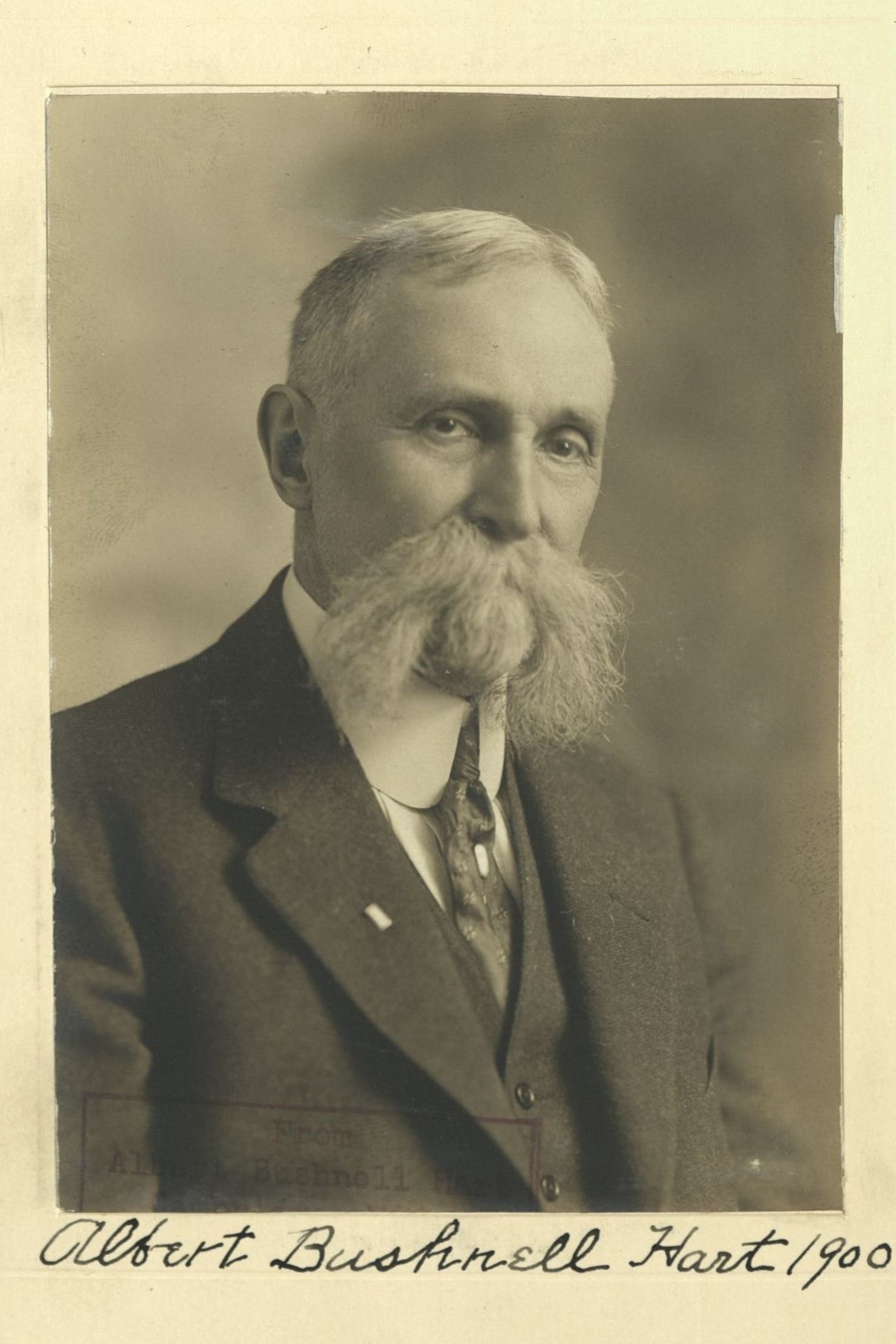Member Directory,
1847 - 1922
James Brown Scott
Solicitor to Department of State
Centurion, 1911–1943
Albert Bushnell Hart and George W. Kirchwey
Kincardine, Ontario, Canada
near Annapolis, Maryland
Age forty-four
Arlington, Virginia

Century Memorial
International lawyers in all parts of the world know well the name of James Brown Scott. It was not that his writings were productive of new lines of development in the science of International Law, but rather that he was a great entrepreneur of a subject which during his lifetime required that type of service. He did, indeed, in his writing do much to remind the modern generations of international lawyers of the contributions made by the Spanish theological jurists of the sixteenth century. His services in this connection are curiously perpetuated by Boardman Robinson in one of the murals of the Department of Justice Building in Washington; in painting the figure of Vitoria he placed on the Dominican’s shoulders an excellent likeness of Dr. Scott.
Always devoted to teaching, Dr. Scott exercised a great influence on numerous generations of students. His voice was heard lecturing fluently in the native tongue of universities in France, Germany, Spain and many countries of Latin America. His life was full of the performance of services for governments from the time when Elihu Root in 1906 brought him to the Department of State to be his chief legal adviser. The association between Scott and Root continued throughout the latter’s life, notably in connection with the establishment of an international court. Despite this practical experience and a capacity to contribute to practical solutions of international affairs, James Brown Scott was an idealist through and through and strove valiantly to re-establish in international law the concepts of natural law. He was also one of the most ardent champions of women’s rights in international affairs, warmly supporting the declaration of non-discrimination on the basis of sex adopted by the American Conference at Montevideo in 1933.
His long association with the Carnegie Endowment for International Peace, as its Secretary and as Director of its Division of International Law, gave him exceptional contact with international lawyers throughout the world. Gentle, but capable of spirited defense of causes to which he was devoted, he was a killful and gifted presiding officer and a most competent conciliator. It was also characteristic of him that out of a broad knowledge and wide reading his ample memory could bring to the consideration of almost any topic some apt lesson from the wisdom of the past.
Geoffrey Parsons
1943 Century Memorials


